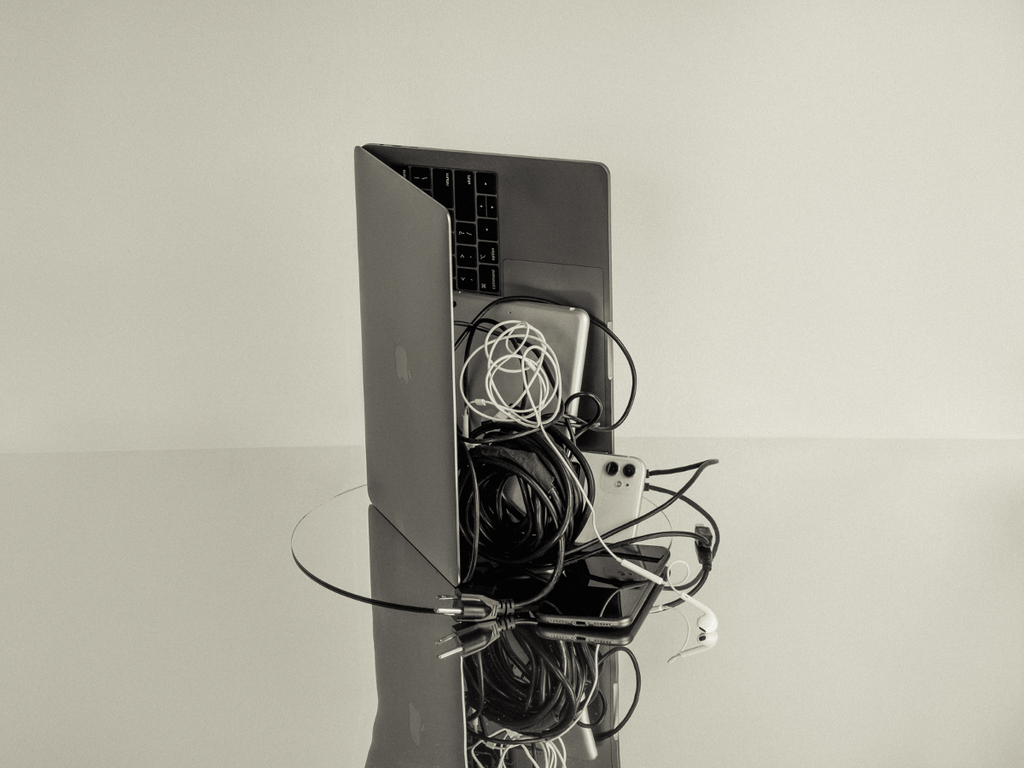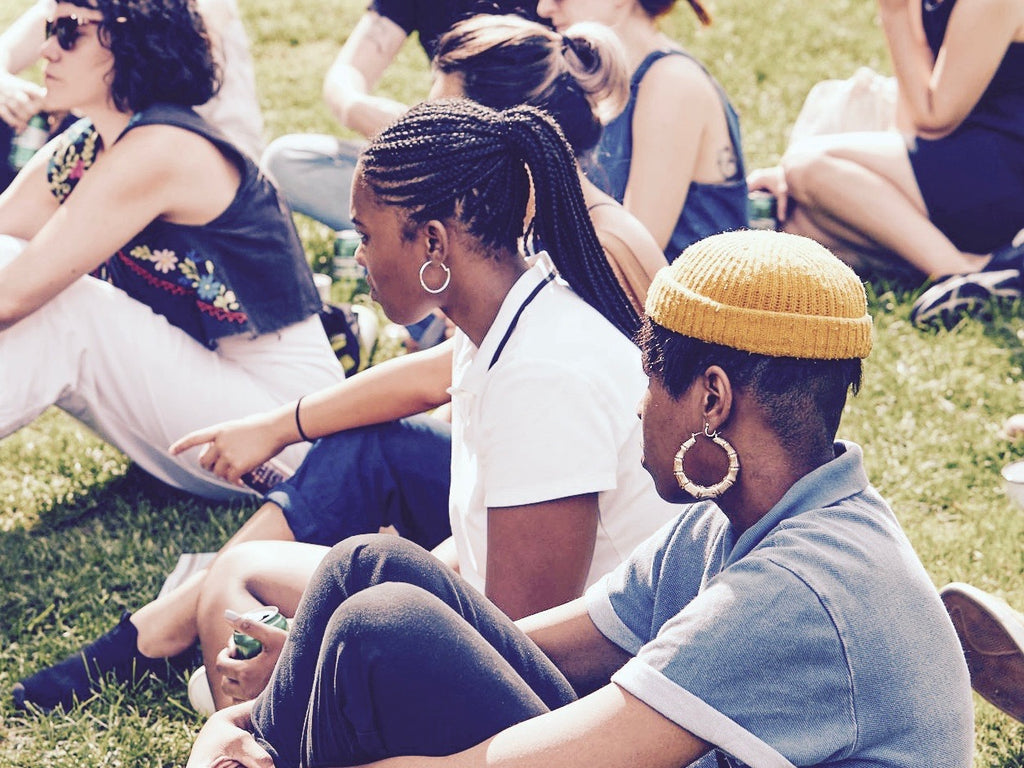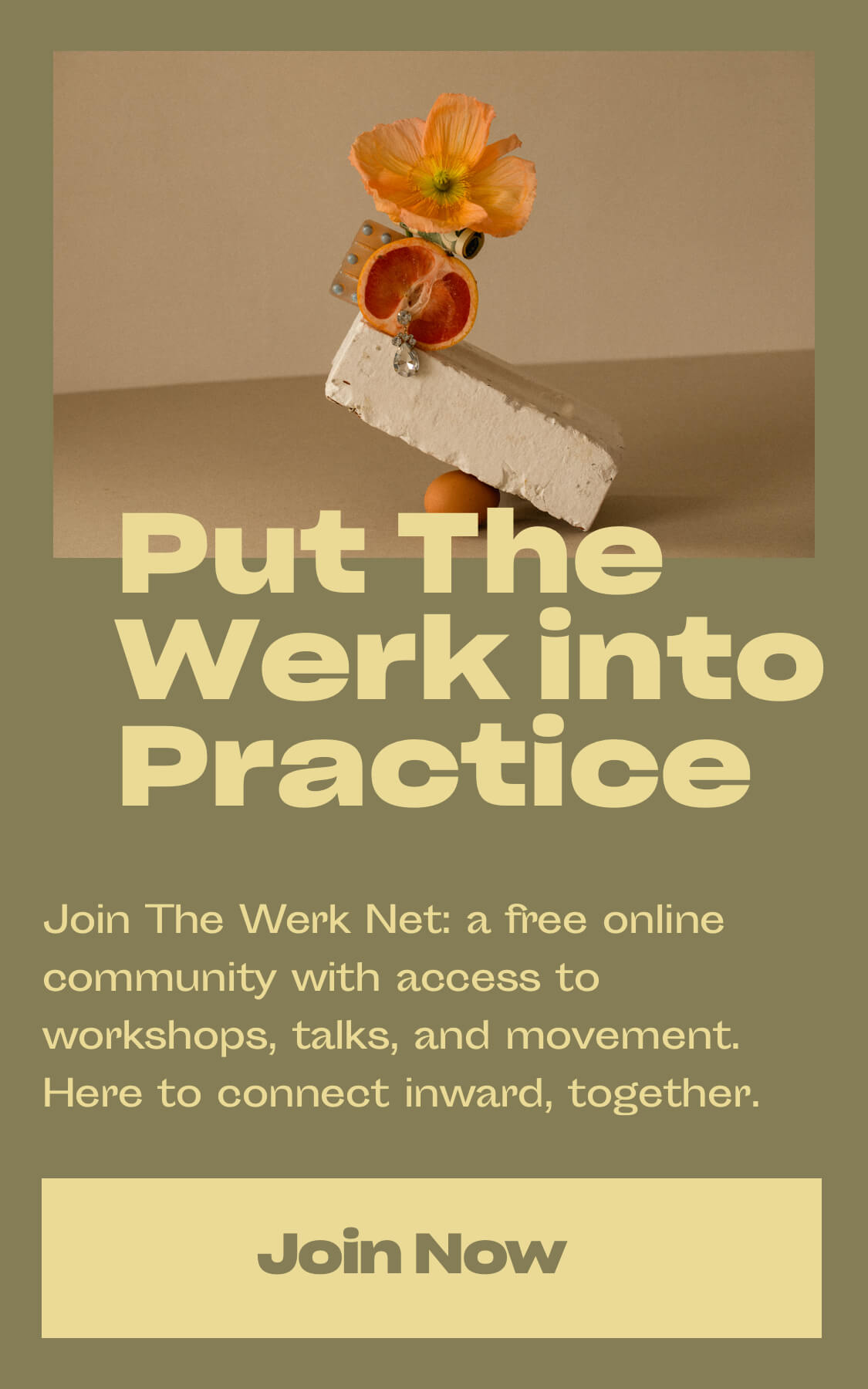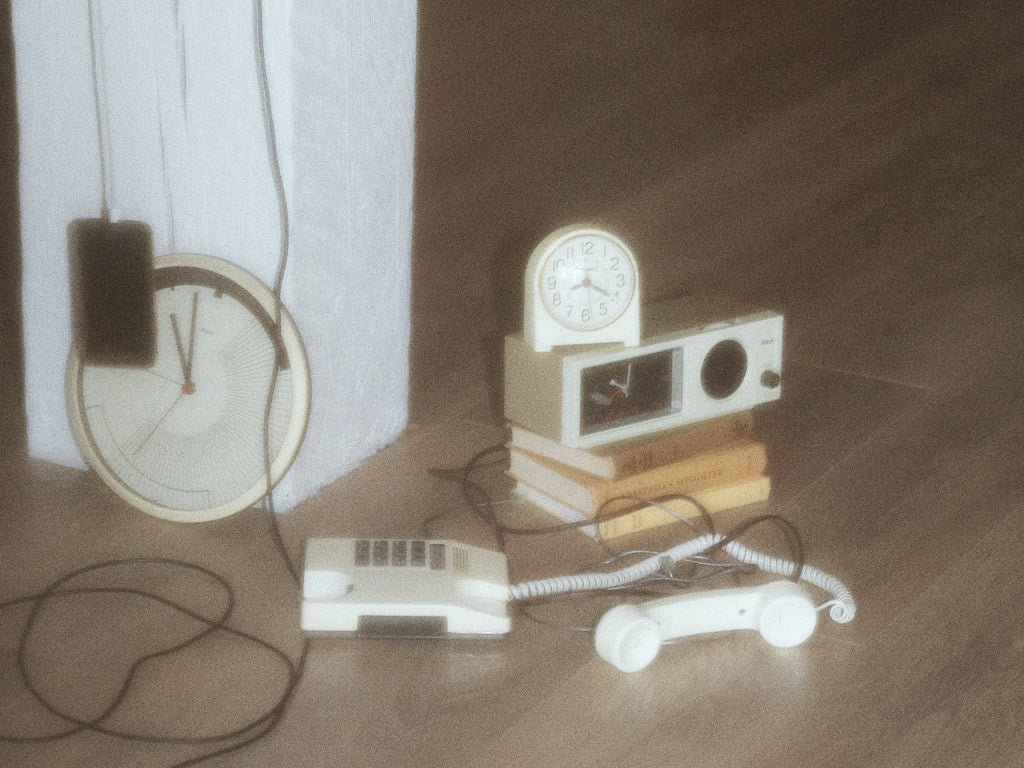What Learning Through Zoom Can Teach Us
How to pivot from digital panic to digital possibility.
As educators, any of us conditioned to teaching, facilitating, and coaching groups in-person are finding ourselves struggling to feel connection to our classes in this new, Zoom-mediated world. Both students and teachers pine for a return to real-time classes under the guise that online classes cannot possibly be as meaningful as in-person education. I have spent the past 20 years advocating for real-time, in-our-bodies, head-heart-hand, reach-out-and-touch-someone approaches to teaching and learning. Not just because they feel good and are often fun, but also because they have been proven to result in higher levels of engagement and better learning outcomes.
In March, I lurched into a new normal, having resisted online education for years. Alongside other educators in every discipline – whose craft relied on in-person connection – I started doing the best I could, but felt weighted down by the discernible disconnect.
After a few weeks of stewing, I noticed my morale crashing and reminded myself of my own research that explores the effect teachers’ personal mindsets on teaching have on the classroom experience. I realized my mindset when it comes to the online space was very negative, and I was interacting with it as though it was happening to me and my students, rather than with me and my students.
I wrote a question to myself and put it on my laptop: Can I pause to consider the possibilities for play, experimentation, and imagination that this new space might provide? The most dramatic result of this cognitive shift has been in my professional attitude. I now wake up excited to explore the ways I can adapt my learning experience design to the current reality we are all living in.
I now approach the online ‘classroom’ with five verbs in mind: reground, review, recall, repeat, and respect.
Re-ground
Reground the work onto the land. I live and work on the unceded, ancestral, and occupied, traditional lands of the Musqueam, Tsleil-Watuth, Sechelt and Squamish Nations of the Coast Salish peoples. As a settler on this land, it remains a critically important part of my teaching: to recognize and acknowledge the land and, in doing so, design the learning experience from a place of humility and responsibility. Beyond surface-level land acknowledgments at the beginning of a session, I try to weave a reminder throughout the session that we continue to live on the earth, and not in an Internet-mediated cloud.
Review
Review the aspects of my educational practice that I can deliver with ease, comfort, and confidence. Every seasoned educator has a toolkit of tricks that they lean on: asking powerful questions, energizing a crowd, dynamic storytelling, demonstrating a comfort with silence, and emotionally connecting to the group, to name a few. Start by trying to translate that “thing” that you bring into an online experience.
Recall
Recall what has worked and what hasn’t for myself as a student, a party-guest, a workshop attendee, and a theatre-goer in all of the Zoom rooms I’ve entered over the past few months. Did breakout groups actually result in me feeling socially connected? If not, why? Was it the question they asked (too personal, too flimsy)? Was it because I felt rushed? I use my own recent experiences as a way to get more insight into the audience I’m serving. And then I ask this same question to two or three folks in my network with different perspectives from my own.
Repeat
Repeat one word throughout the session, and connect that word to the sessions’ purpose. This means I have to first distill my session’s purpose into one word that resonates, and then I need that word to guide my decisions about what stays and what goes in the final plan.
Respect
Respect the forgotten senses – touch, feel and smell – in the ‘live’ (synchronous) sessions. Online experiences hyper-focus on sight and sound, so I am always trying to see if I can accomplish the same goal by drawing on another sense.
Although I’m still eagerly awaiting the day I can return to analog educational spaces, I’ve found these tools helpful when I am trying to pivot from a sense of digital panic, to a one of digital possibility.
This post is tagged as:
You may also like...
The Latest
People & Places
How Ara Katz is Redefining “Self-Care” as Rooted in Science with Seed
The co-founder, mother, and self-proclaimed serial entrepreneur unpacks her philosophy on what it means to be well. Ara Katz hates the word “success”. Not because of its listed definition in a di...

Do Good Werk
9 Passive-Aggressive Email Phrases That Are Basically Evil
A Rosetta Stone for every time you want to :’).

Woo Woo
Get to Know Your Astrological Birth Chart
How to find meaning in the stars — and what it means for you.

People & Places
The 5 Best Places In New York To Meet Your Next Investor
Where to rub shoulders with the city's movers and shakers.

Do Good Werk
10 Unhealthy Thoughts You Convince Yourself Are True as a Freelancer
If you work alone, you might be particularly susceptible to distorted thoughts that hurt your mental health.

People & Places
Creating a Conference-Meets-Summer-Camp for Adult Creatives
An interview with Likeminds founders Rachael Yaeger and Zach Pollakoff This past September, I sat in front of an obituary I wrote for myself after a session with a death doula. No, I didn’t know w...

People & Places
When Something Golde Stays: An Interview with Golde’s Co-CEOs
“For us it was never a question,” says Issey Kobori, speaking of the decision to build a business with his partner Trinity Mouzon Wofford. At just shy of 27, Kobori and Wofford have secured a host ...

Better Yourself
Are They Toxic? Or Are They Human?
There’s a difference between putting up boundaries and putting up walls, and the latter is what breaks relationships.

Do Good Werk
How To Combat Seasonal Affective Disorder At Work
Here’s what to do if seasonal affective disorder starts to take a toll at the office.

People & Places
Reclaiming Womxn's Wellness Spaces from a White-Dominated World
How The Villij built a collective that their community can connect to.









